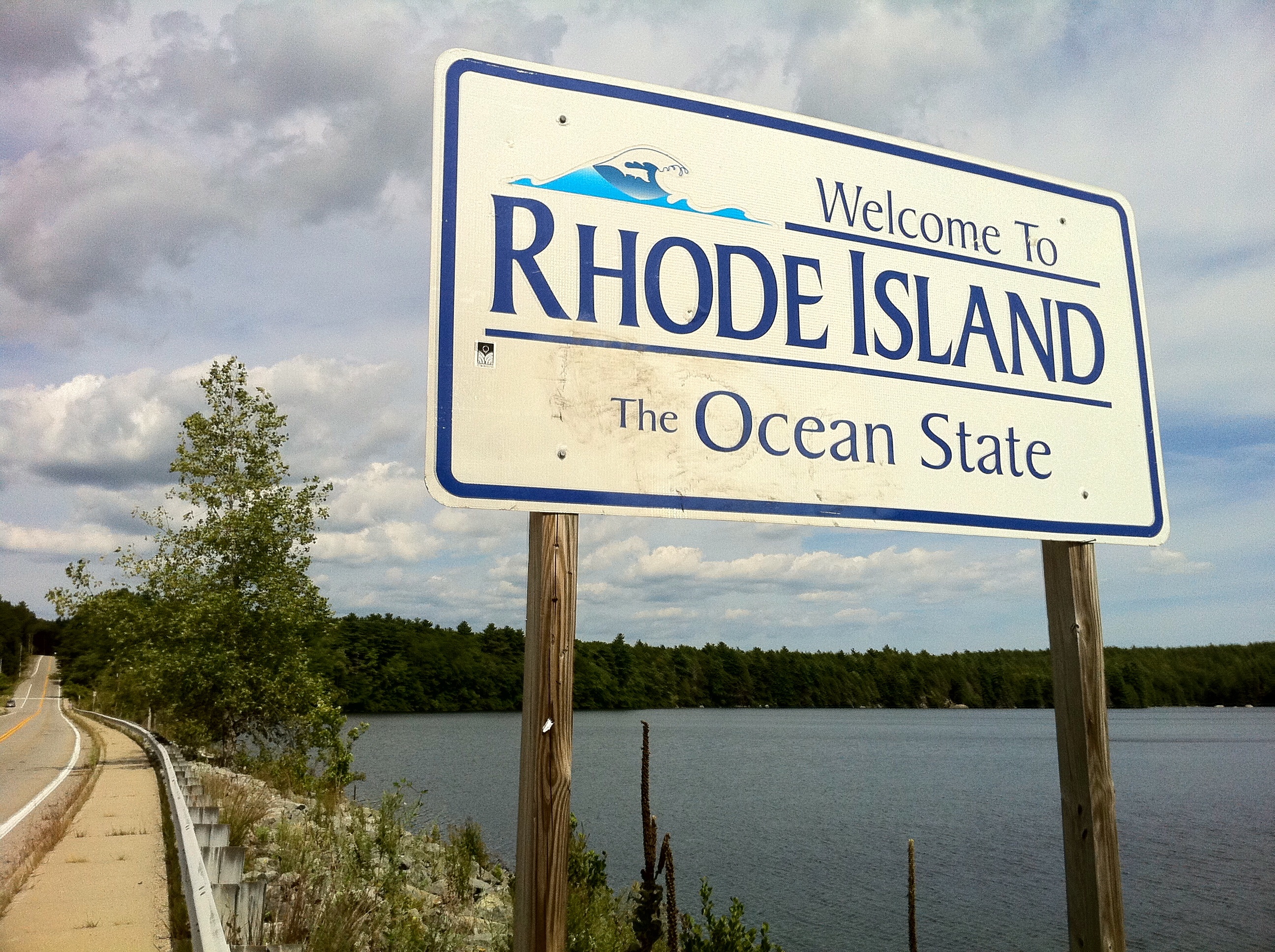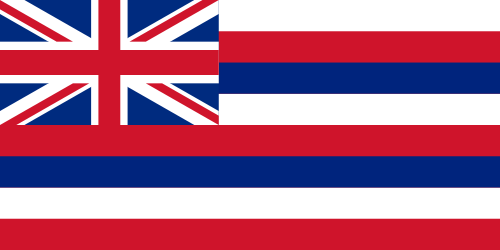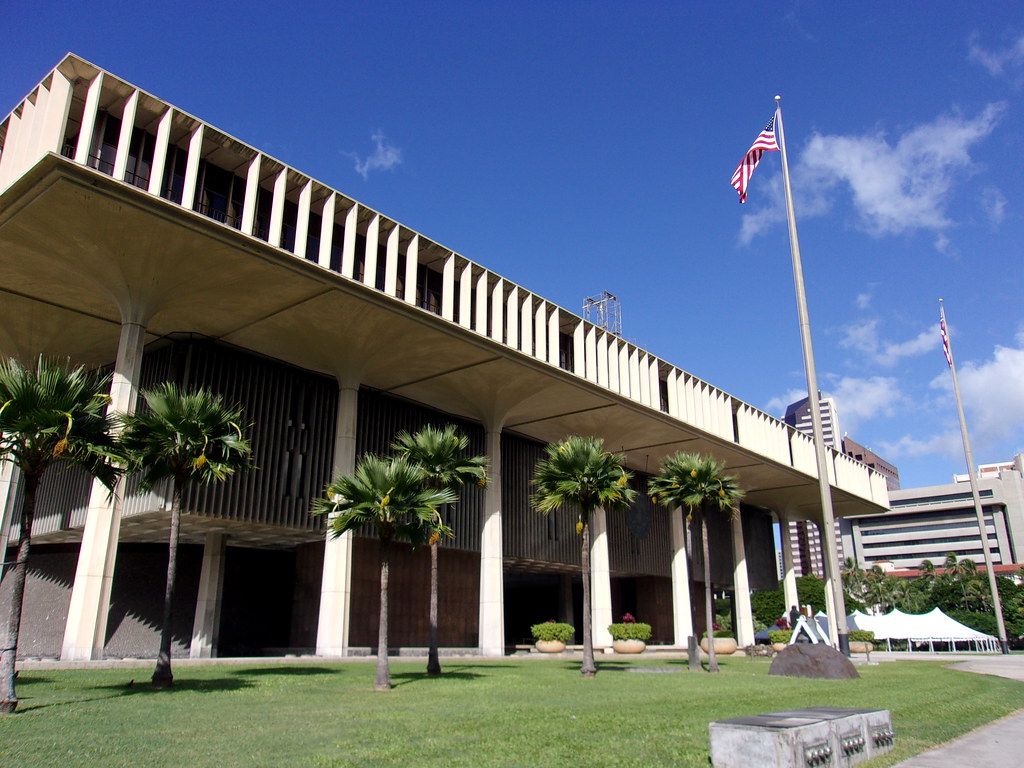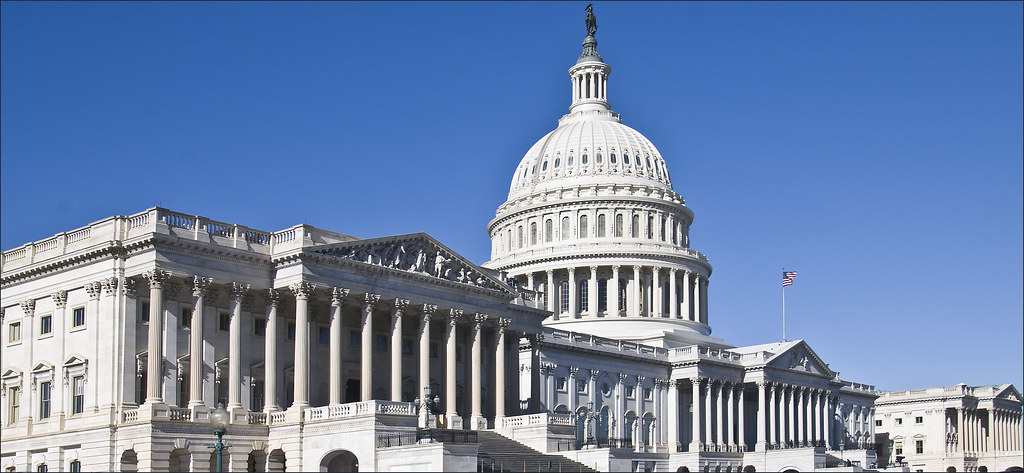Tag: hawaii
-
Rhode Island Senate approves environmental rights amendment; three states have similar constitutional provisions

The Rhode Island State Senate passed a constitutional amendment to establish a right to clean air, clean water, healthy soil, a life-supporting climate, and preservation of the environment. Senate Resolution 327 (S. 327), introduced by State Sen. V. Susan Sosnowski (D-37), passed the Senate in a vote of 32-4 on June 3. The constitutional amendment…
-
Hawaii voters to decide in 2026 on amendment extending Senate review period for judicial appointments

The Hawaii State Legislature approved a constitutional amendment increasing the timeline for the state Senate to act on judicial appointments. The amendment will appear on the ballot for voter approval on Nov. 3, 2026. Currently, the state constitution requires the Senate to act on judicial appointments within 30 days. If the Senate does not reject…
-
33% of elections in Hawaii are uncontested
Of 90 regular elections in Hawaii—30 (33%) are uncontested. An uncontested election is one where the number of candidates on the ballot is less than or equal to the number of seats up for election. Of the 24 states where Ballotpedia is covering every election on Nov. 5, Hawaii has the 23rd highest rate of…
-
Six presidential tickets will appear on the ballot in Hawaii this November

Hawaii’s Nov. 5, 2024, general election ballot will feature six presidential candidates and their running mates. They are: There are the same number of candidates on Hawaii’s presidential ballot compared to 2020. In 2020, Hawaii’s ballot had six candidates: Joe Biden (D), Donald Trump (R), Jo Jorgensen (L), Howie Hawkins (G), and two other minor…
-
Hawaii Governor Josh Green signs bill requiring application to ERIC

On July 5, 2024, Hawaii Governor Josh Green (D) signed Senate Bill 2240, requiring the state’s Office of Elections to apply to join the Electronic Registration Information Center (ERIC). The bill passed the Hawaii House of Representatives and State Senate unanimously on April 24. As of July 2024, 24 states and the District of Columbia were members of ERIC, a multi-state voter list maintenance…
-
Five candidates are running for Hawaii’s two U.S. House districts—the fewest in the last 10 years

This year’s filing deadline for candidates running for Congress in Hawaii was June 4, 2024. Five candidates are running for Hawaii’s two U.S. House districts, including three Democrats and two Republicans. That’s an average of 2.5 candidates per district. There was an average of 6.5 candidates per district in 2022, 9.5 candidates per district in…
-
Hawaii has 37 contested state legislative primaries in 2024: What to know

Hawaii has 37 contested state legislative primaries on August 10, 2024. There are 146 candidates, including 96 Democrats and 50 Republicans, running for 63 seats in the state legislature. The average number of total primary candidates in Hawaii from 2010 to 2024 was 158.5. Among them are 58 total incumbents, and 19 incumbents facing a…
-
Hawaii will join California this Nov. in deciding constitutional amendments regarding same-sex marriage

Voters in Hawaii will join those in California in deciding on a constitutional amendment related to same-sex marriage in Nov. 2024. Both states follow Nevada, which decided a constitutional amendment in 2020. While California, like Nevada, will be voting on whether to repeal language defining marriage as between one man and one woman, the amendment…
-
Eight candidates filed to participate in Hawaii’s Republican presidential caucus

The filing deadline for the Hawaii Republican presidential caucus passed on Dec. 1, 2023. Eight candidates qualified to appear on the March 12, 2024, ballot. In order to qualify, candidates had to pay a $10,000 filing fee. The following candidates qualified: Binkley, Burgum, Christie, DeSantis, Haley, Ramaswamy, Stuckenberg, and Trump have all filed to participate…
-
Hawaii sees one open U.S. House seat for the sixth election cycle in a row

The filing deadline for candidates running for Congress in Hawaii this year was June 7, 2022. Thirteen candidates are running for Hawaii’s two U.S. House districts, including eight Democrats and five Republicans. That’s 6.5 candidates per district, less than the 9.5 candidates per district in 2020 and the same number as in 2018. Here are…

